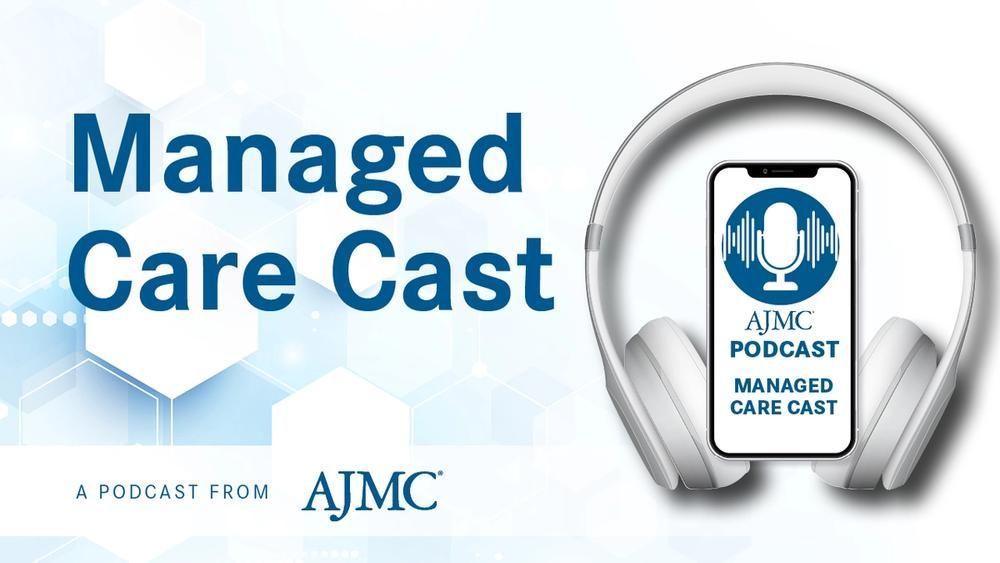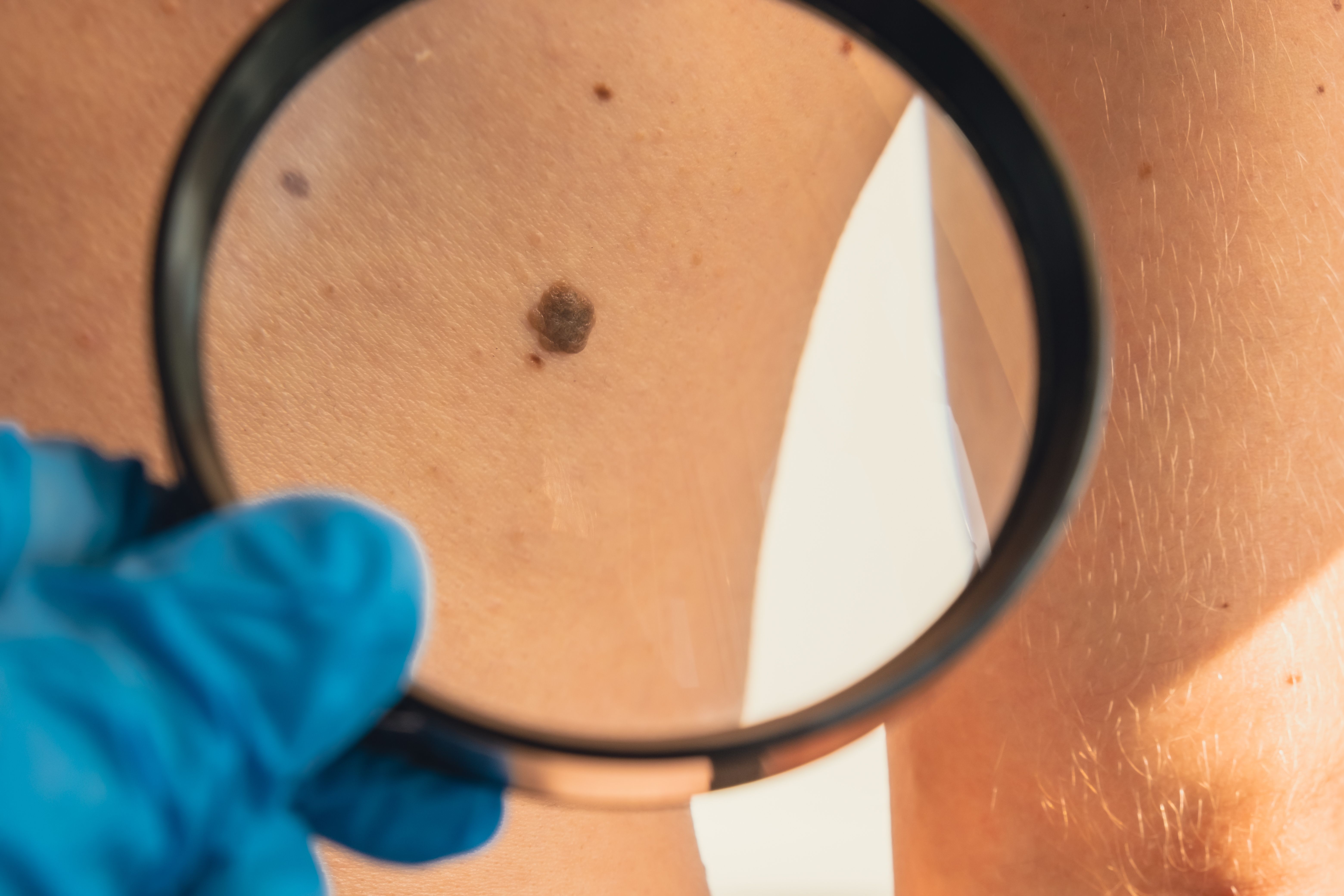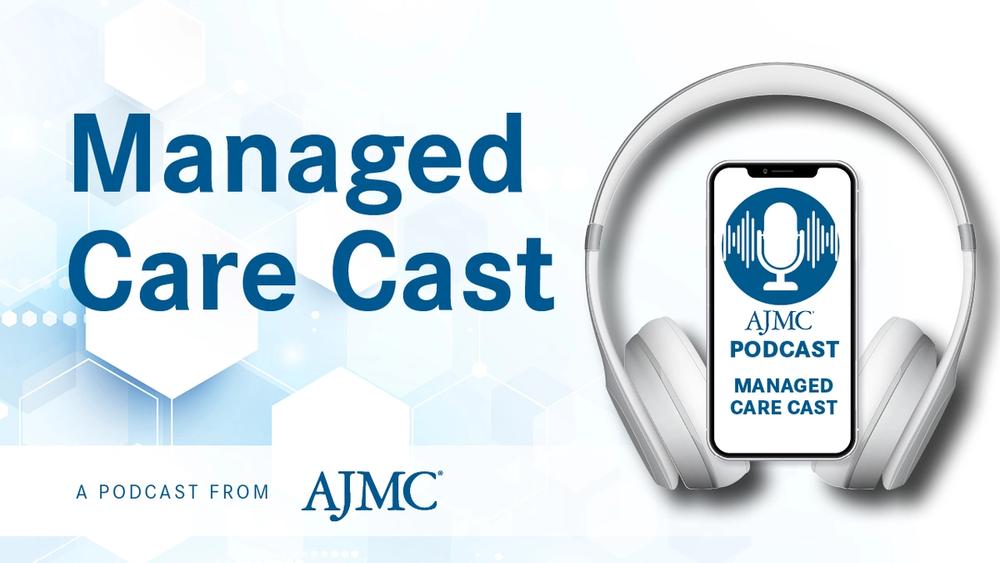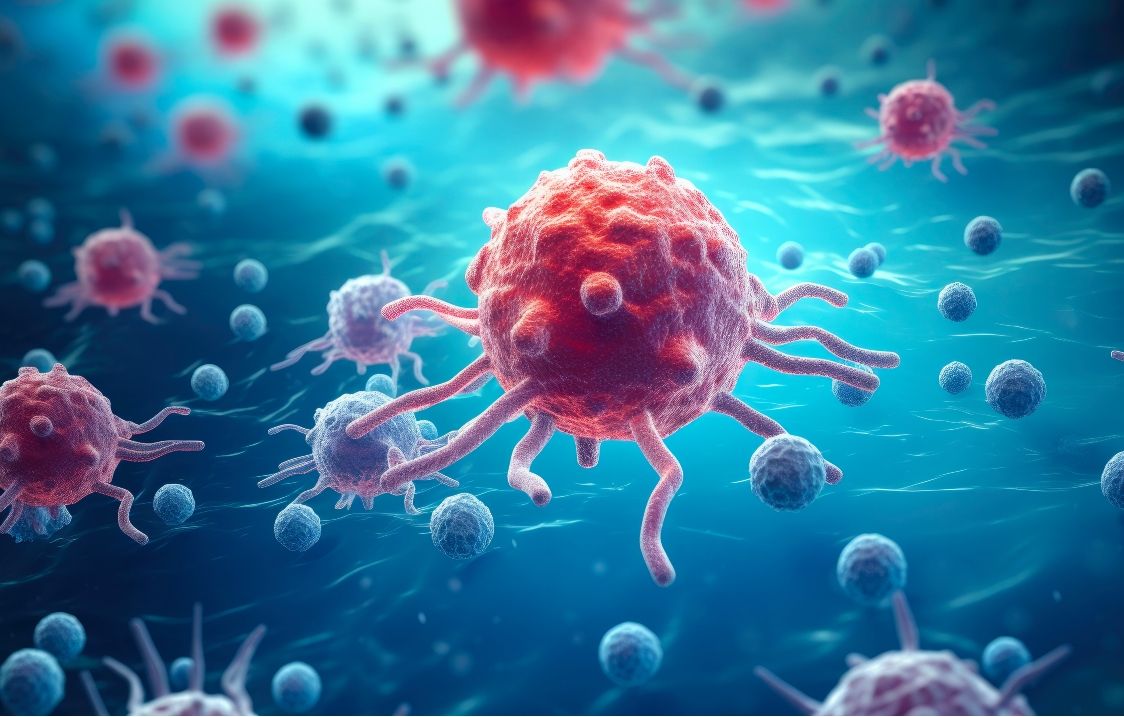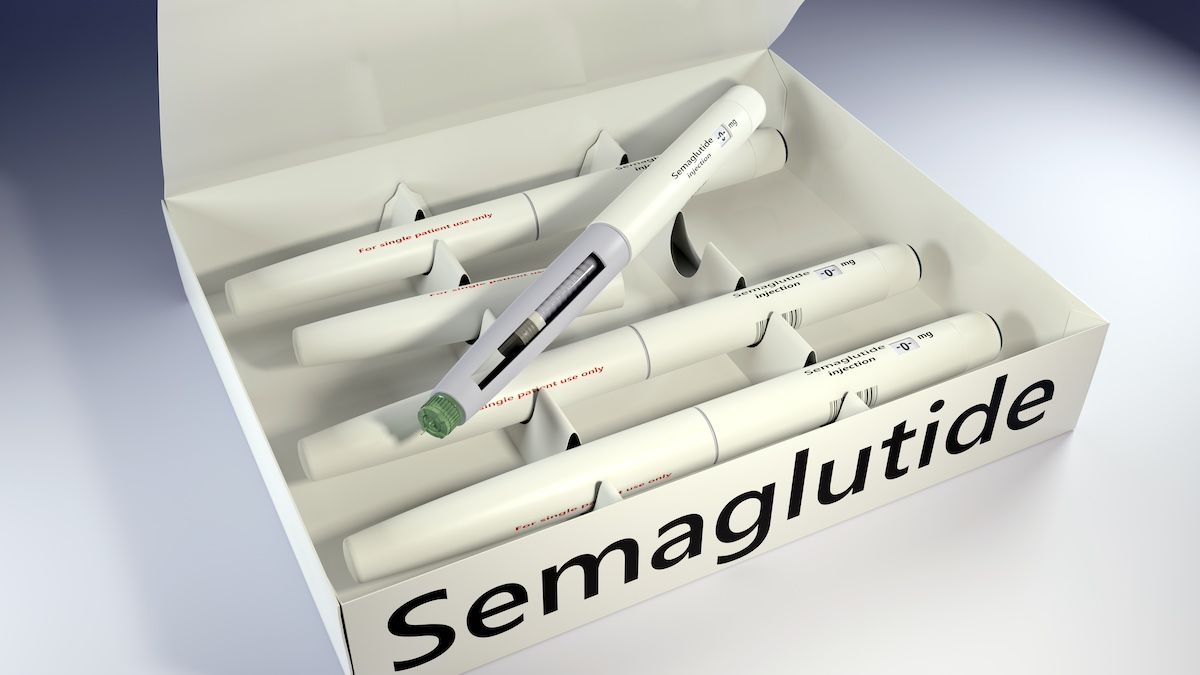News
Article
Nerandomilast Improves Lung Function in Progressive Pulmonary Fibrosis: FIBRONEER-ILD
Author(s):
Key Takeaways
- Nerandomilast improved FVC in the FIBRONEER-ILD trial, meeting its primary end point in patients with progressive pulmonary fibrosis.
- Safety and tolerability results were consistent with previous trials, with comparable adverse events in treatment and placebo groups.
Patients with progressive pulmonary fibrosis who received nerandomilast showed improved forced vital capacity from baseline at 52 weeks in the phase 3 FIBRONEER-ILD trial.
Nerandomilast met its primary end point of absolute change from baseline in forced vital capacity (FVC) vs placebo in the FIBRONEER-ILD trial (NCT05321082), which assessed the agent in patients with progressive pulmonary fibrosis (PPF).1 Boehringer Ingelheim will submit a new drug application for the investigational agent to the FDA and other health authorities based on the findings, according to a press release.
The FIBRONEER-ILD trial was a double-blind, randomized trial that included 1178 patients in more than 40 countries, and the primary end point was absolute change from baseline in FVC (mL) at week 52 vs placebo. Topline data showed that the trial met its primary end point, with full efficacy and safety data to be shared in the second quarter of 2025.
Nerandomilast is an investigational oral, preferential inhibitor of phosphodiesterase 4B that has shown promise in IPF and PPF. | Image credit: Елена Бутусова - stock.adobe.com

FIBRONEER-ILD is the second phase 3 trial of nerandomilast that met its primary end point. The first was the FIBRONEER-IPF study (NCT05321069), which showed an increase in FVC from baseline at week 52 in patients with idiopathic pulmonary fibrosis (IPF).2 In both the FIBRONEER-ILD and FIBRONEER-IPF trials, initial safety and tolerability results are consistent with those seen in phase 2 trials conducted in patients with IPF, with overall adverse events comparable in the treatment and placebo cohorts.1
A key secondary end point in FIBRONEER-ILD is a composite measure including time to first acute interstitial lung disease (ILD) exacerbation, first hospitalization for respiratory cause, or death—whichever occurs first—during the trial. This is also the key secondary end point in the FIBRONEER-IPF trial.
Nerandomilast is an investigational oral, preferential inhibitor of phosphodiesterase 4B, and patients treated in the FIBRONEER-ILD trial received either 9 mg of nerandomilast, 18 mg of nerandomilast, or a placebo twice per day for at least 52 weeks. Phase 2 results support the twice-daily dose of 18 mg, and the twice-daily 9 mg dose was added to provide additional dose-response and exposure-response data and assess the benefit-risk profile at a reduced dose.
In February 2022, nerandomilast was granted FDA breakthrough therapy designation for IPF, which is a type of progressive fibrosing ILD that causes symptoms including activity-induced breathlessness, a persistent dry cough, fatigue, and weakness. PPF is phenotype of non-IPF fibrosing ILD that is characterized by worsened respiratory symptoms and disease progression based on physiological and radiological evidence.
“The positive FIBRONEER-ILD topline result shows the potential of nerandomilast in progressive pulmonary fibrosis. The hope is that the safety and tolerability profile we are initially seeing could potentially help to reduce treatment challenges,” Shashank Deshpande, head of Human Pharma and member of the board of managing directors at Boehringer Ingelheim, said in a statement. “The recent milestones of the FIBRONEER trial program underscore our commitment to transforming the lives of patients with this debilitating disease, and are a testament to Boehringer Ingelheim's position at the forefront of pulmonary fibrosis research."
References
1. Boehringer’s nerandomilast meets primary endpoint in phase III study FIBRONEER-ILD, in progressive pulmonary fibrosis. News release. Boehringer Ingelheim. February 10, 2025. Accessed February 13, 2025. https://www.boehringer-ingelheim.com/human-health/lung-diseases/pulmonary-fibrosis/nerandomilast-primary-endpoint-phase-3-fibroneer-ild-pulmonary-fibrosis
2. Boehringer’s nerandomilast meets primary endpoint in pivotal phase-III FIBRONEER-IPF study. News release. Boehringer Ingelheim. September 16, 2024. Accessed February 13, 2025. https://www.boehringer-ingelheim.com/us/topline-results-boehringers-phase-iii-ipf-study

